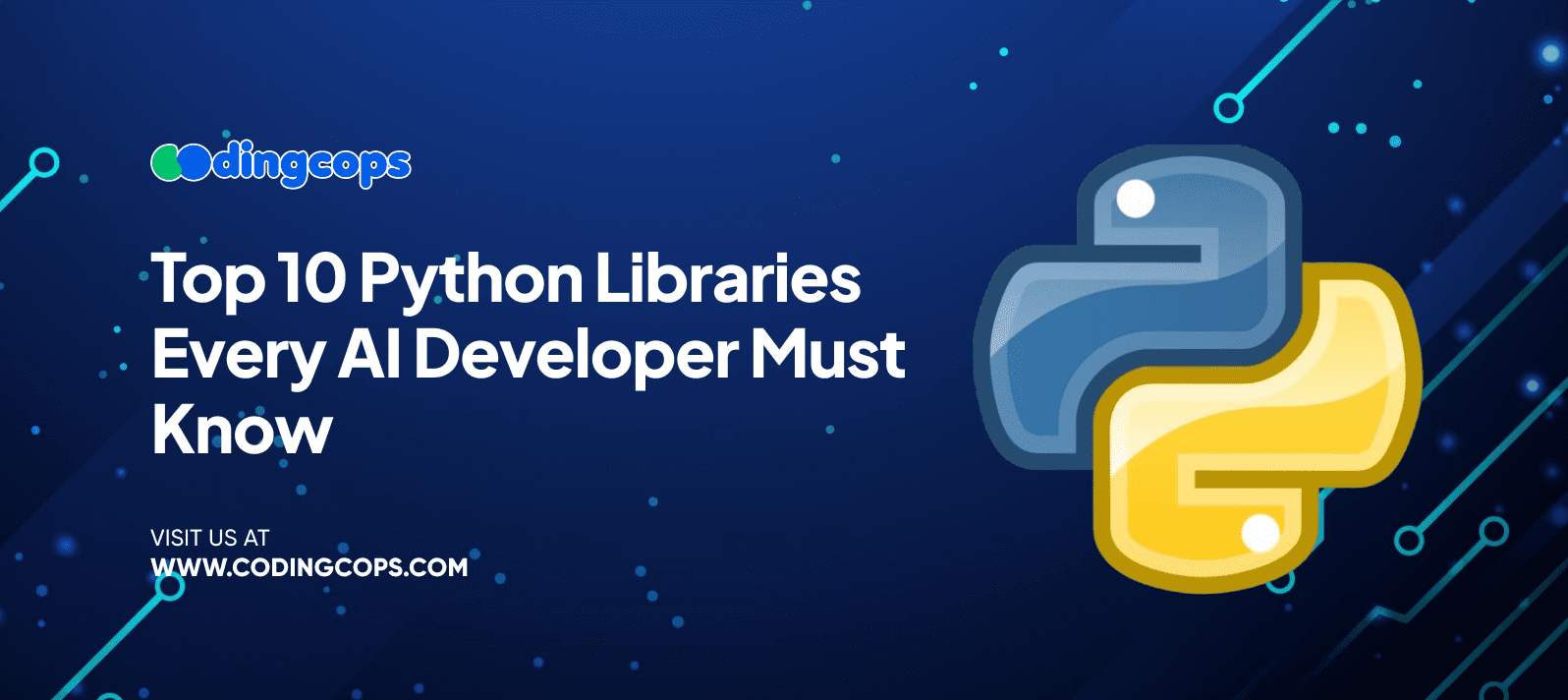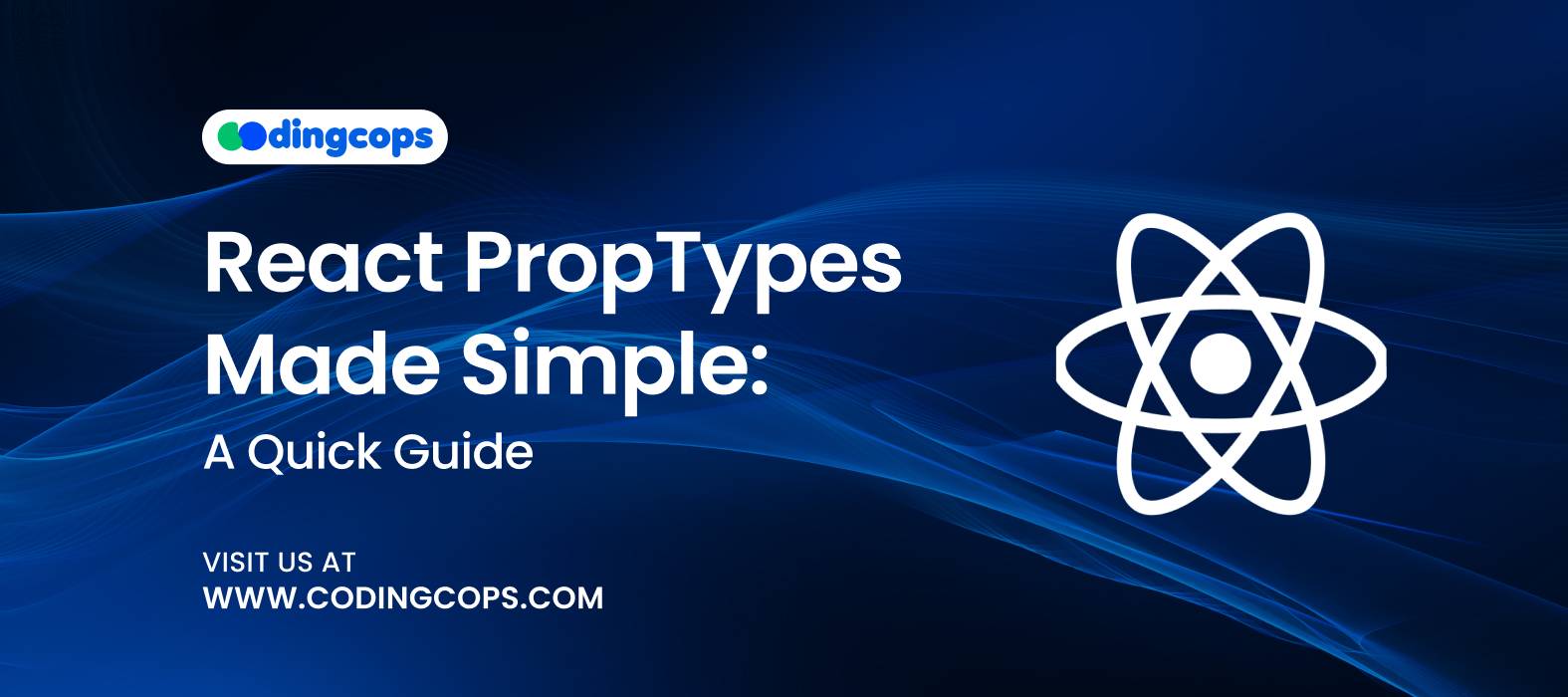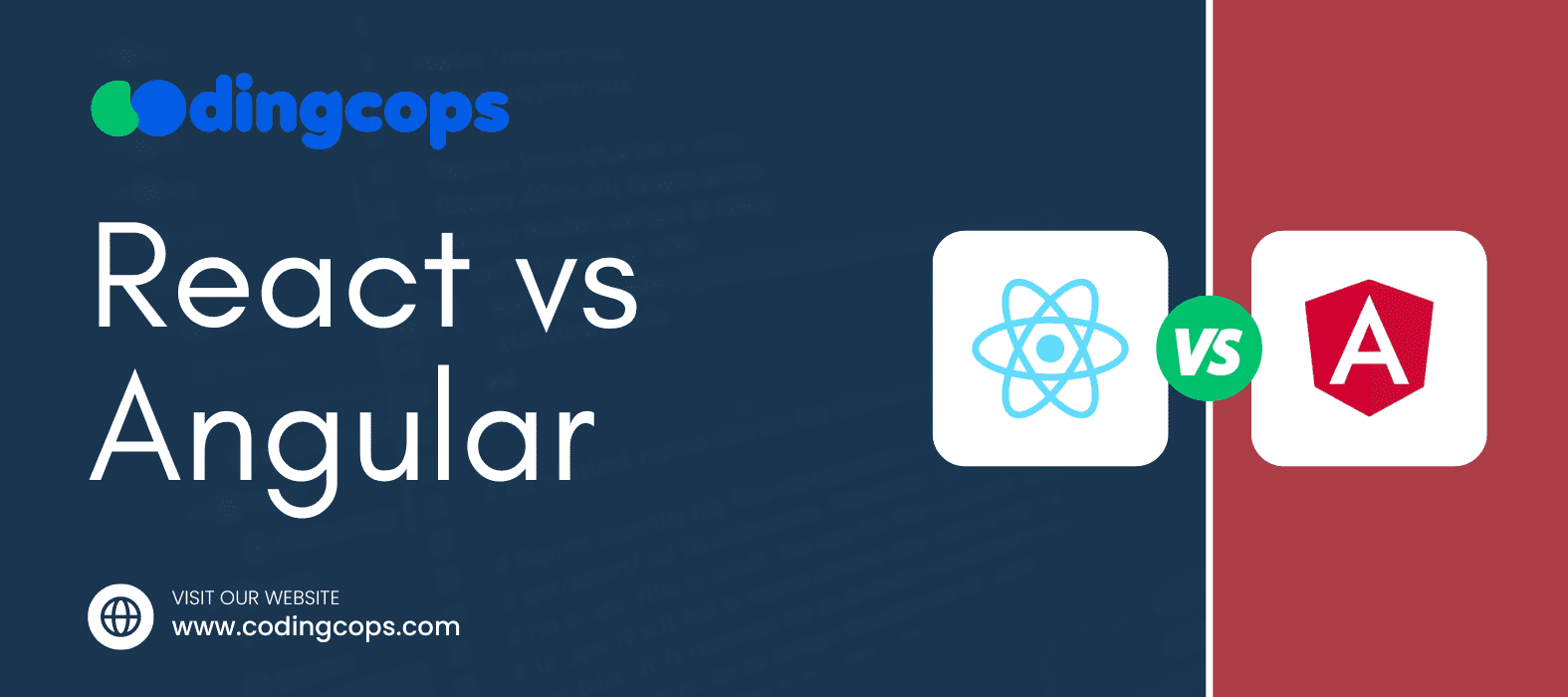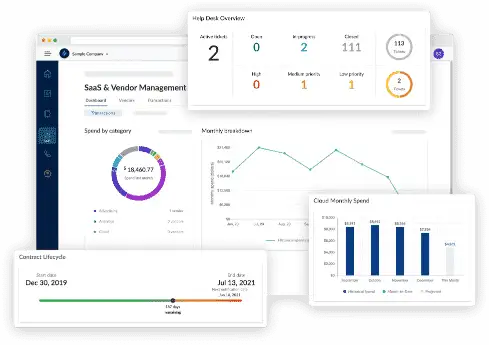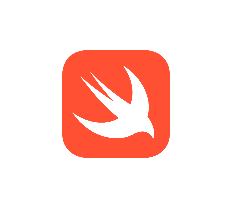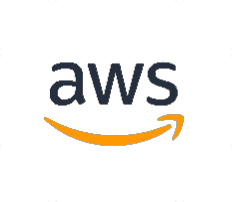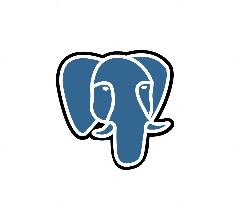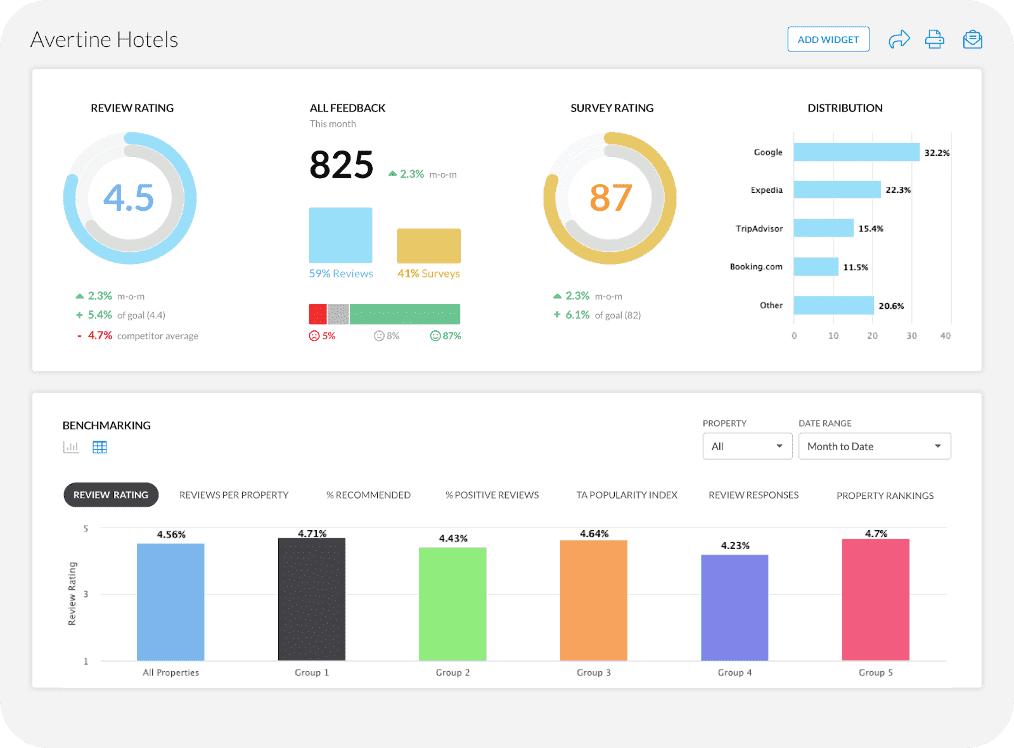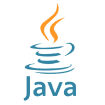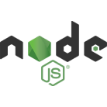Witnessing self-driving cars, virtual assistants, recommendation systems, and chatbots tells you the complete story of where we are heading. All these phenomena work on artificial intelligence, and behind it, there is a powerful yet simple programming language – Python.
Python is a user-friendly language with simple syntax and a vast ecosystem of libraries. Due to its simplicity, it has become a go-to language for AI development. If you are to build an AI system or want to integrate any AI model into your application, you will have to work with Python.
This blog covers the top 10 Python libraries that every developer must know. Moreover, you will also get to learn Python’s significance and its role in AI development.
Importance of Python

Python is a versatile and widely used language. It plays a critical role in data science, web development, automation, etc. Moreover, it empowers professionals to tackle intricate problems and solve them efficiently and quickly.
Let’s understand why Python is important:
Simplicity and Readability
Python has a clean and easy-to-read syntax. This allows developers to focus on solving problems rather than struggling with complex code.
Community Support
Python is an established programming language with a vast and active community of developers that contributes to a rich set of resources, tutorials, and third-party libraries.
Flexibility
Python is known for its flexibility. It supports object-oriented, functional, and procedural programming paradigms.
Library Ecosystem
Python offers a large set of libraries that assist in data manipulation, model building, training, deployment, and more.
Who is an AI Developer?
An AI developer is responsible for building expert systems that can simulate human intelligence processes. Such developers are proficient in NLP, computer vision, robotics, recommendation systems, and predictive modeling.
Moreover, AI developers write algorithms that allow machines to learn from data, make decisions, and improve over time.
In fact, AI developers collaborate with data scientists, software engineers, and machine learning experts to build intelligent systems. However, mastery of the right tools, especially Python libraries, is crucial.
Top 10 Python Libraries Developers Must Know
1. NumPy
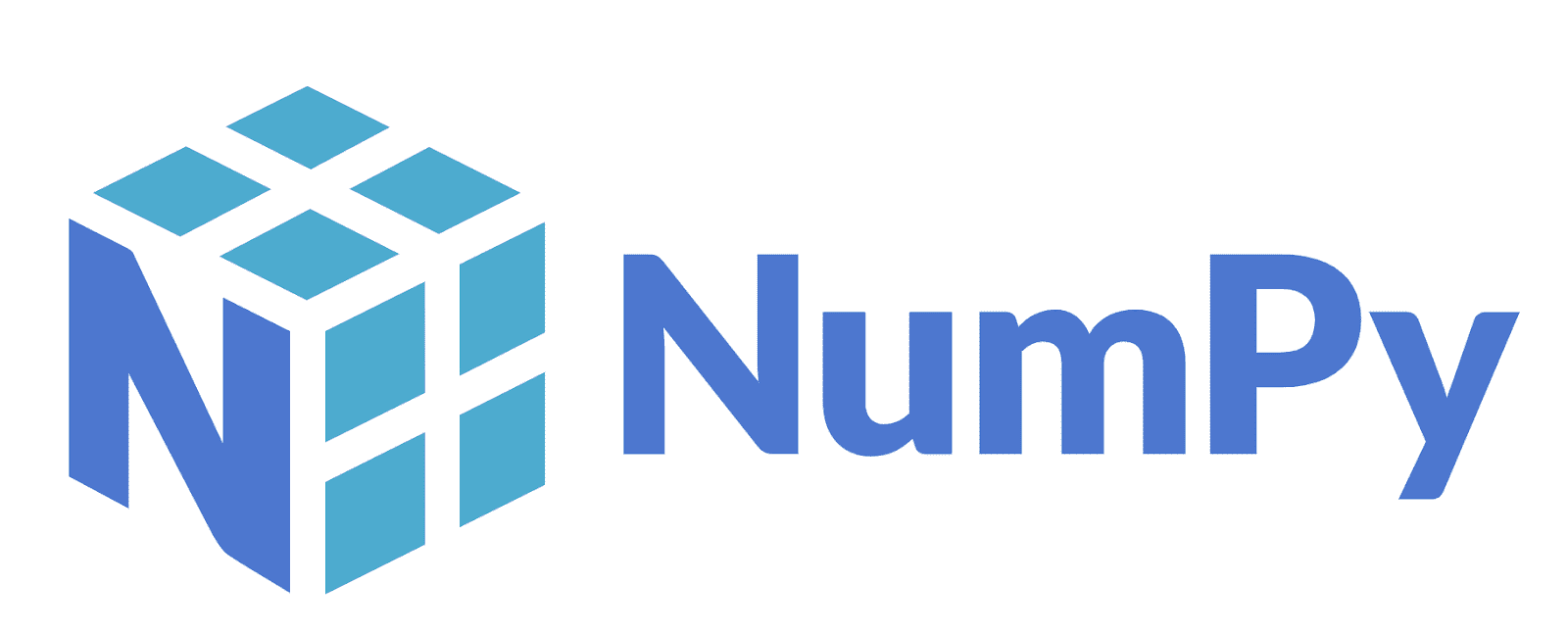
NumPy is a fundamental Python library used for scientific computing in Python. It provides full support for matrices, arrays, and many other mathematical functions to operate on data structures.
If said that is the backbone of numerical computation in Python, it wouldn’t be wrong. Hence, it is extremely essential for dealing with numerical data analysis and mathematical computations while working with Python.
Key Features of NumPy
- Fast mathematical operations
- Integration with C/C++ and Fortran code
- Broadcasting and vectorization
- Integration with other scientific computing libraries
2. TensorFlow
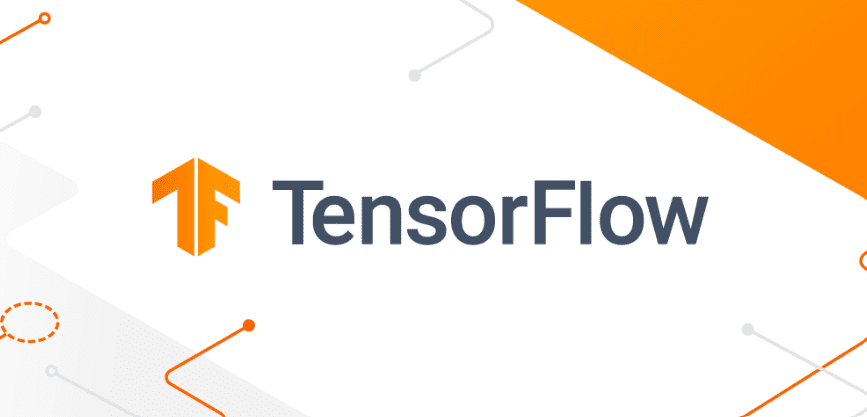
When we talk about the most popular Python libraries, TensorFlow tops the chart. It is the most powerful open-source library developed by Google for deep learning and artificial intelligence. It furnishes full support for neural networks, automatic differentiation, and scalable model deployment across platforms.
Key Features of TensorFlow
- Furnish better scalability for production
- Keras API for simplified model building
- TensorBoard for visualization
- Good support for neural networks and deep learning
3. Flask
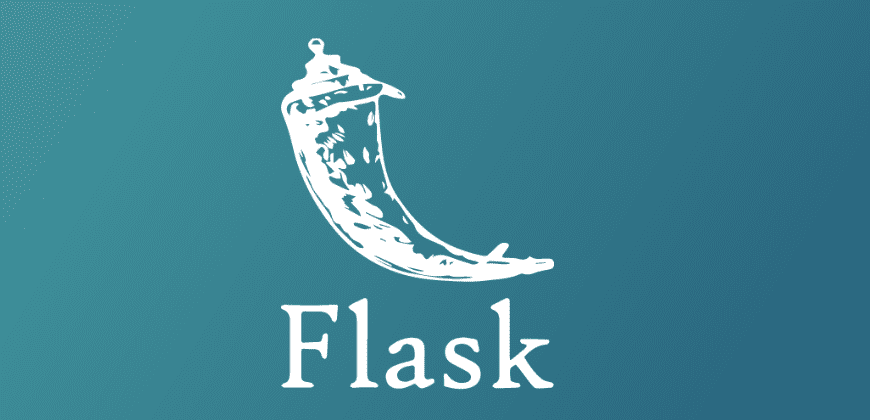
Moving ahead, we have Flask, a lightweight web framework for Python, loaded with essentials for building web applications without enforcing a particular project structure. It is an easy-to-learn framework, and ideal for building simple web applications and APIs quickly.
Furthermore, it has a minimalistic design, ensuring flexibility for developers to choose their components and architecture.
Key Features of Flask
- Easy to learn framework
- Simple and flexible design
- Fully support RESTful request handling
- Built-in development server
4. Django
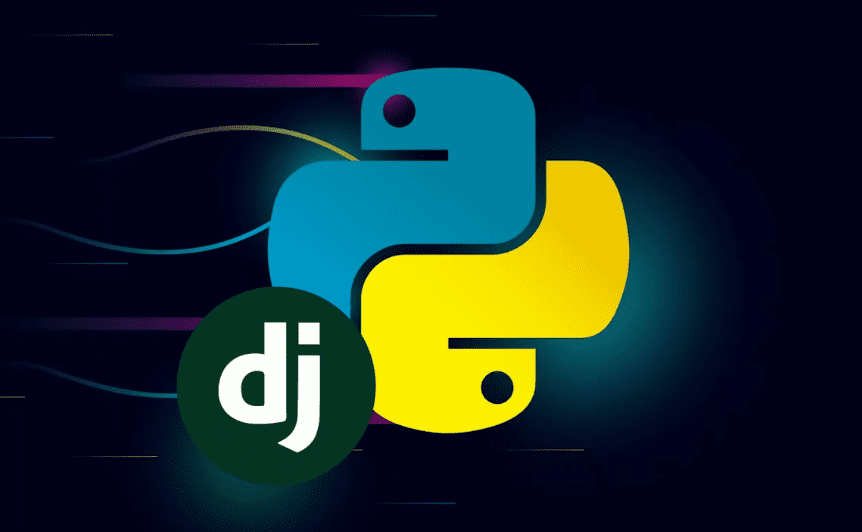
Django is an open-source framework for Python that runs on a web server. It is a high-level web framework capable of rapid development with a clean and pragmatic design. Moreover, it is pre-loaded with many built-in features for building robust and modern web applications.
It is the best choice for creating complex web applications quickly and efficiently.
Key Features of Django
- Comes with a built-in admin interface
- Built-in strong security features and authentication
- Capable of creating dynamic pages with templates
- Easy scalability and rapid development
5. Scikit-Learn
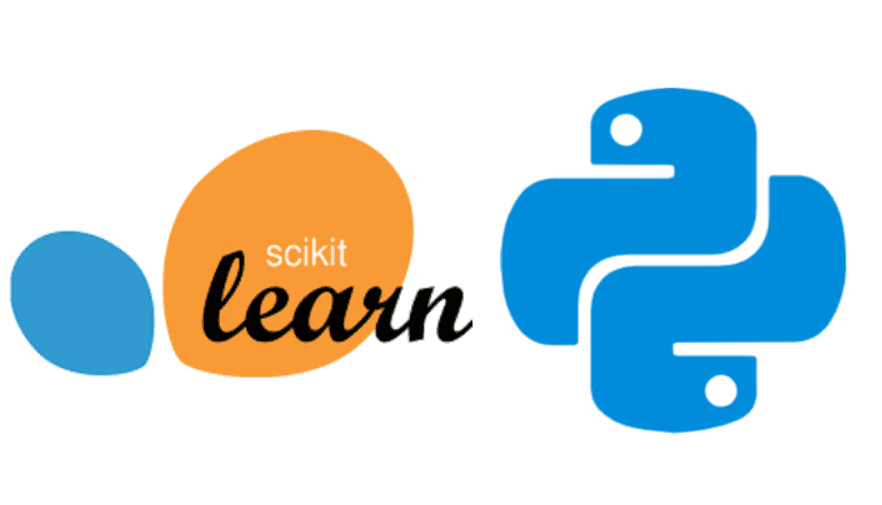
Scikit-Learn is a machine learning library for data mining and data analysis. It is a perfect library for ML tasks such as classification, regression, clustering, etc.
Moreover, it supports a vast range of supervised and unsupervised learning algorithms. Additionally, it plays a critical role in implementing machine learning models and performing data analysis.
Key Features of Scikit-Learn
- Built on NumPy, SciPy, and matplotlib
- Handles classification, regression, and clustering algorithms
- Dimensionality reduction
- Useful for beginners and experts.
6. PyTorch
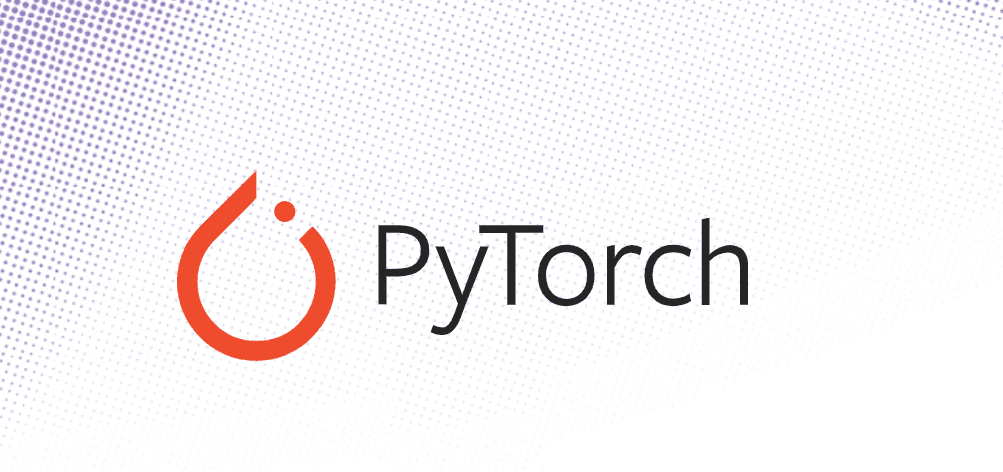
PyTorch is yet another open-source machine learning framework that works efficiently with Python and the Torch library. It was developed by Facebook and is popular for dynamic computation graphs and ease of use in research and production environments.
With PyTorch, debugging is easier, and scalability is not an issue. Furthermore, it has a user-friendly interface and offers support for large, multidimensional arrays.
Key Features of PyTorch
- Strong GPU acceleration
- Dynamic graph computation
- TorchScript for production deployment
- Can be used with NumPy, SciPy, and Numba.
7. BeautifulSoup

Another wonderful library of Python is BeautifulSoup. The library serves to parse both HTML and XML documents and perform web scraping tasks. It builds a parse tree structure from HTML or XML documents to enable users to explore and search the document structure for necessary information.
The library plays a fundamental role in extracting web page data. The library makes HTML or XML document data extraction and web scraping easier through its simplified process.
Key Features of BeautifulSoup
- Easy parsing of HTML and XML
- Navigation and search of the parse tree
- Extraction and modification
- Open-source library
8. Pandas
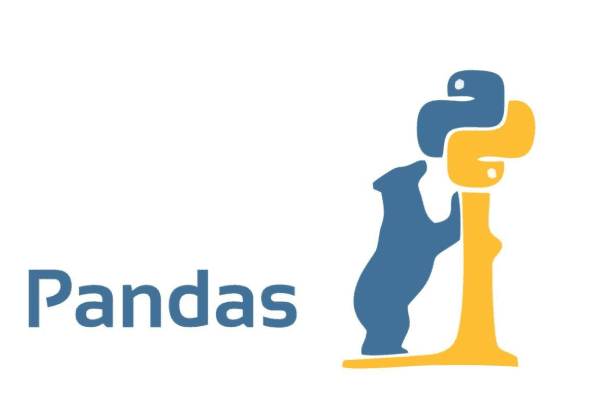
At number 8, we have Pandas. It is an essential and go-to library for data manipulation and analysis using Python. It provides data structures that specifically handle tabular datasets with a simplified Python API.
Key Features of Pandas
- Handles data rapidly and efficiently
- Organization and labeling of data
- Handles missing data values
- Supports multiple file formats
9. Natural Language Toolkit
Commonly known as NLTK, it is a library for developers dealing with text processing and natural language understanding. It is an indispensable tool for dealing with projects with human language data; therefore, it makes it easier to develop text-based ML models.
Key Features of NLTK
- Performs text tokenization
- Removes stop words
- Offer tools that perform stemming and lemmatization
- Works with many ML algorithms such as Naive Bayes, Maximum Entropy, etc
10. Hugging Face Transformers

Lastly, let’s discuss Hugging Face Transformers, which works with pre-trained models and NLP-related tasks. It is a complete NLP toolkit that furnishes access to transformer models. Moreover, it works with computer vision, audio, and multimodal applications.
Key Features of Hugging Face Transformers
- A vast variety of pre-trained models
- Easy integration with deep learning frameworks
- Flexible and customizable
- Large community and resources
Summary
In conclusion, if you master the given top 10 libraries for Python, you will be on the track to be a successful AI developer. Each library has its unique significance, strengths, and working area. Learning all libraries will make you a jack of all trades, as you will be able to work on all AI models.

